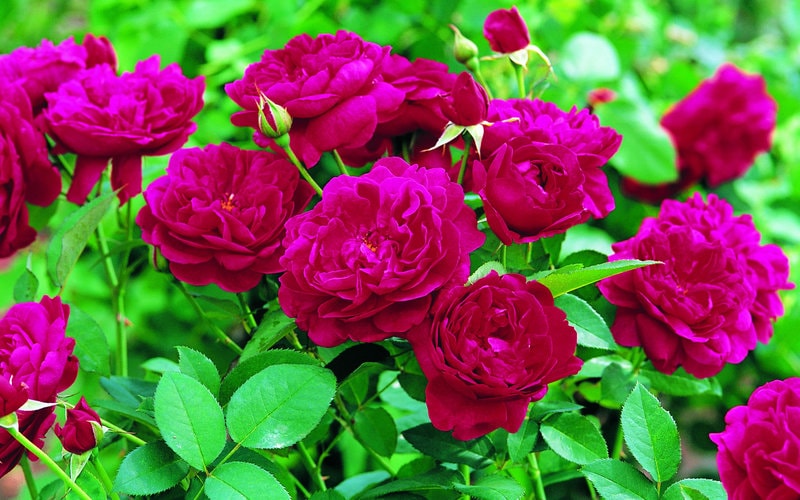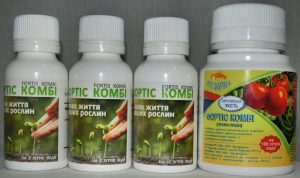Humus, fertilizers, and tending are the essential parts of growing roses. There are no secrets in growing flowers. All the above mentioned parts represent a standard kit for growth, flowering, and formation of fruits. However, the beginner growers are not aware how to choose fertilizer for roses. A variety of mineral or organic feedings and also folk means may discourage beginners in finding the right solution.
Flowers need phosphorus, potassium, and nitrogen, which allows flower grower to use any of the mentioned feedings for roses. There are no constrictions. Professionals assure that the flower would gain strength and grow beautiful buds on any fertilizer.
Fertilizer for roses
Liquid manure of livestock or chicken litter is mixed with water in a ratio of 1:10. Application rate for a garden plant is one 10-L-bucket per bush. Application rate of the fertilizer for roses that are being grown on the windowsill is different, however. Flower grower must feed the plant with manure-water mix in a way to avoid drowning of roses.
Growers may choose mineral fertilizers such as diammonium phosphate or a so called nitrophoska. This mix contains potassium, phosphorus and nitrogen, which together enhance the growth of stalks, leaves, and flowers. The feeding is prepared by mixing of one tablespoon of the fertilizer and 10 L of water.
Complex organic fertilizers are considered the best for florists. As compared to mineral supplements, organic substances are harmless to the environment. The soil in which roses are growing would not get deteriorated. The flower would be completely eco-friendly. The preparation is harmless to human beings even if it gets on skin or is inhaled. Dosages and application rates are specified on the package.
Feeding flowers: prohibitions
- Fertilizer for roses must not be applied during hot summer days and in the drought. Flower growers feed the plant after the sundown.
- Roses must not be watered with hot water. The flower will get cold and fall ill, just like a human.
- Over-the-limit application will kill the plant. Also, poultry litter must not be applied without being mixed with water.
Tending roses in spring
- Remove horticultural fleece, ground, or sawdust away from roses.
- Cut the dry, frozen, and dark stalks with leaves.
- Strew the flower with bone scraps or ash.
- As soon as the roses started to grow, water them with a fertilizer.
- After the first flowering, feed the plant again and strew with more ash.
- Spray the plant with a fertilizer from time to time and water it in the drought.
Fertilizer for roses, fertile soil, and tending are the only requirements that have not changed through centuries. Of course, today tending techniques are better, the quality of fertilizers is higher, and humus is provided. But the basic list of requirements remains unchanged.
Experts assure that the proper selection of fertilizer will help the beginner grow flowers. The market may offer hundreds of solutions. The sellers, however, wanting to encash, claim that only their products will help grow roses. Do not believe it. Only the names are changing, but the composition remains the same. The only difference is how growers manage their own fields. Organic matter is harmless to living organisms and soil. Meanwhile, mineral fertilizers pose threat to environment.





